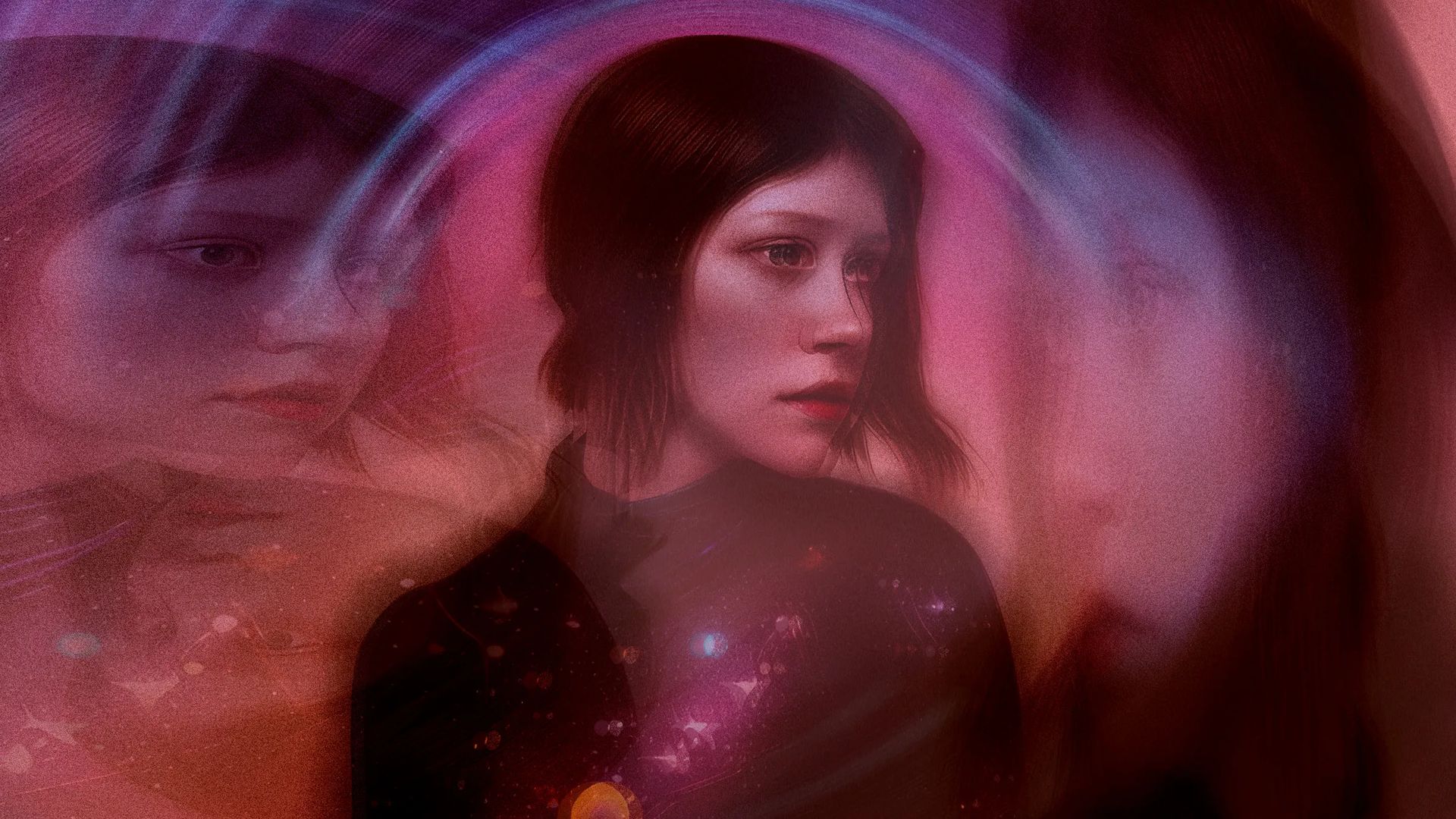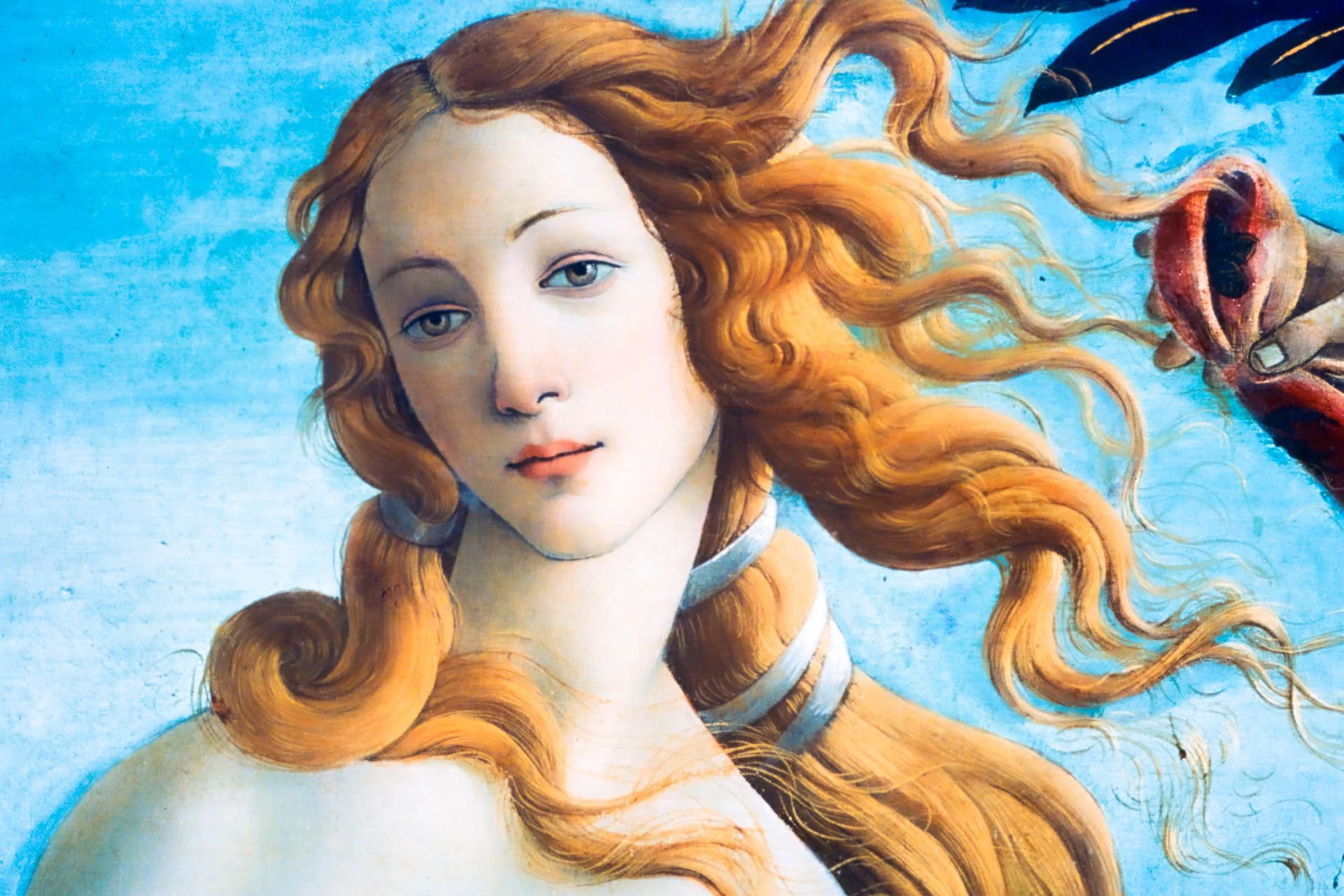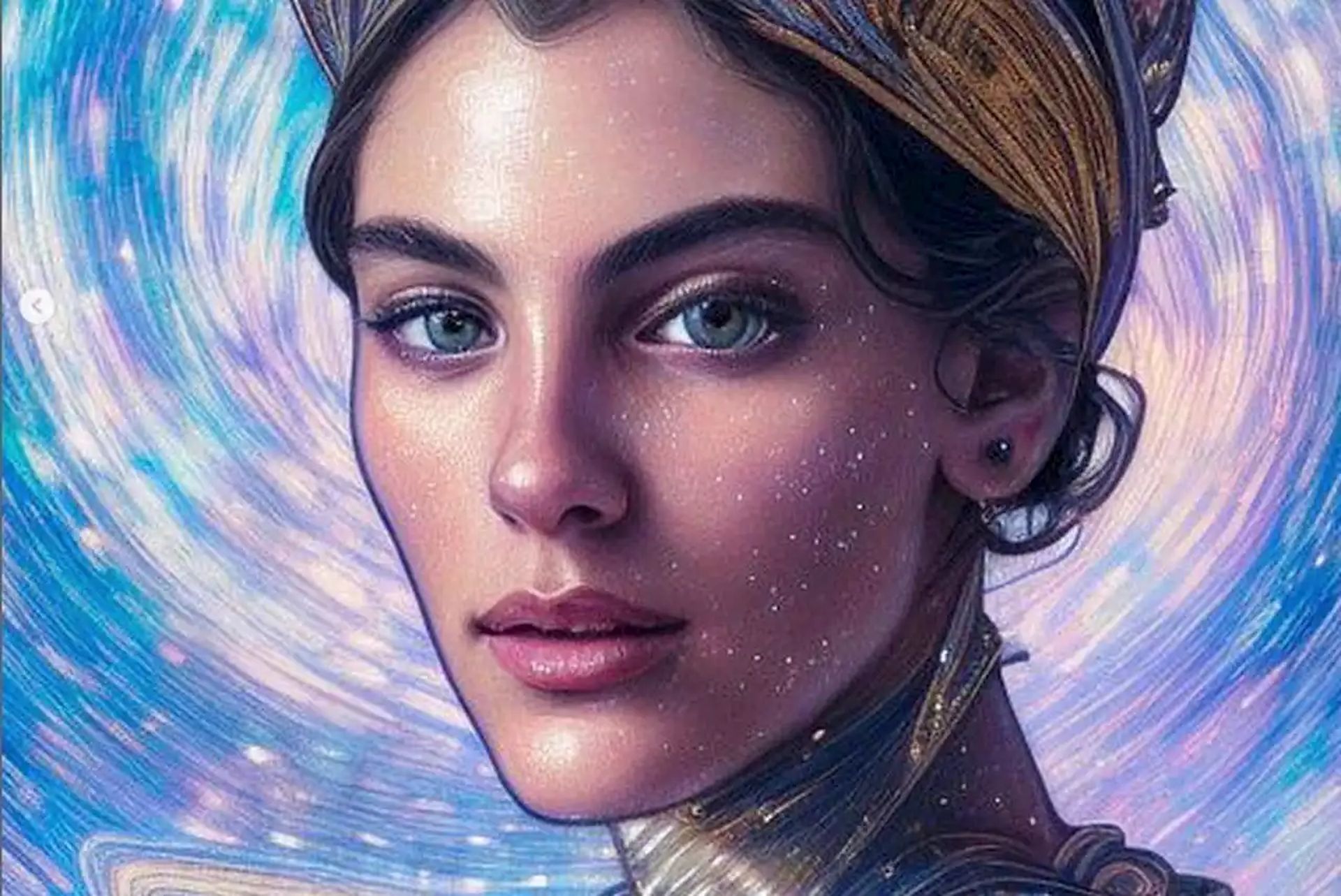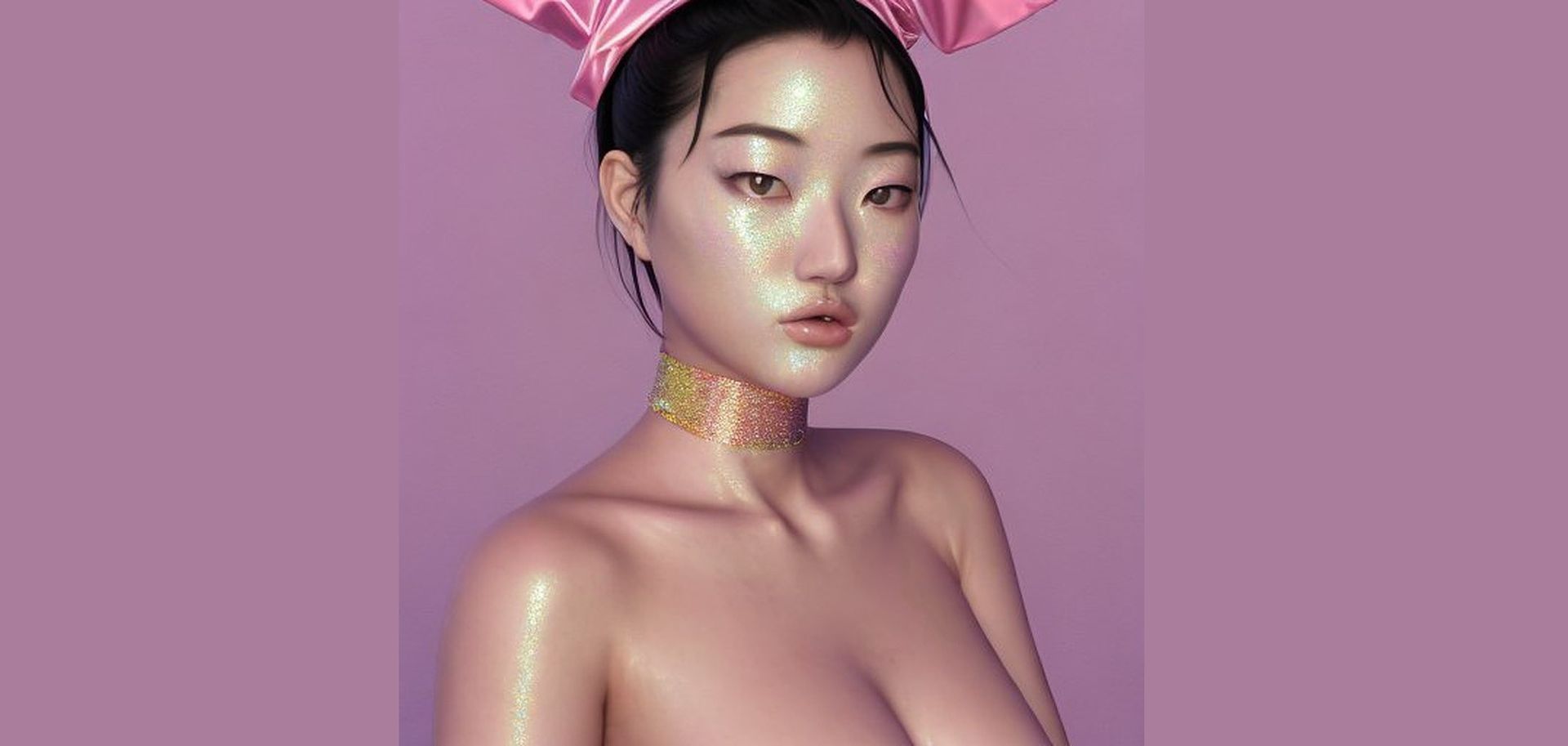Lensa AI is a tool for creating profile pictures, but the popular app has sparked concerns about ethics in the art community: Is Lensa AI stealing art?
Lensa, launched in 2018 as a photo editing app but gained widespread attention last month with its “Magic Avatars” feature, which uses a neural network and at least 10 user-uploaded images to generate portraits in a variety of digital art styles. The app quickly rose to the top of the iOS App Store’s “Photo & Video” category.
Many people have shared their Lensa AI portraits on social media, with some creating photorealistic paintings and others creating more abstract illustrations. However, the app’s success has raised concerns about privacy and ethics in the digital art community.
That is why a lot of netizens started to look for free Lensa AI alternatives, you can check out our guide to find out how to use them.
Is Lensa AI stealing art: Ethical discussions over the app is covering the agenda
The ethics of generating images with models that are trained on other people’s work have faced criticism in light of Lensa AI’s explosive growth and the growing use of artificial intelligence tools to create art.
The original avatars may have been created by artificial intelligence, but Lauryn Ipsum claims that the smaller components that went into their development—color schemes, brushstrokes, textures, and individual styles—were appropriated from other artists without their knowledge or permission.
“It felt like a punch in my gut to see these avatars. It’s like fast fashion for art,” Ipsum stated. Well, is Lensa AI stealing art? Hell yes, according to Lauryn Ipsum.
I’m cropping these for privacy reasons/because I’m not trying to call out any one individual. These are all Lensa portraits where the mangled remains of an artist’s signature is still visible. That’s the remains of the signature of one of the multiple artists it stole from.
A 🧵 https://t.co/0lS4WHmQfW pic.twitter.com/7GfDXZ22s1
— Lauryn Ipsum (@LaurynIpsum) December 6, 2022
The avatars, according to Lensa’s parent company Prisma Labs, are made using an open-source neural network known as the Stable Diffusion model. The business informed The Washington Post via email that this strategy prepares students to acquire general how-to ideas that are then applied to produce content.
A database dubbed LAION-5B, created by AI researchers by scouring the internet powers the Stable Diffusion model.
According to Jon Lam, a storyboard artist at Riot Games, the database basically collects information, pictures, and artwork from websites, including millions of pictures that belong to artists. 5.85 billion photos, to be precise, are accompanied by text. The Stable Diffusion model is then trained on how to produce content like the Magic Avatars using these image-text combinations.
Many women accuse Lensa AI of producing discriminatory and sexist content
A growing number of women are speaking out about the ways in which Lensa AI, in particular, discriminates against them. These women argue that the final results generated by the app are often highly sexualized, objectified, and degrading to women. This trend has sparked a heated debate about the ethics of using AI to create art and the potential impact on women’s rights and representation.

Many women claimed that the application produces more than just attractive images; the finished products are heavily sexualized, giving them padded breasts and hourglass-shaped bodies.
“Is it just me or are these AI selfie-generator apps perpetuating misogyny? Here are a few I got just based off of photos of my face.” One of Barker’s results showed her wearing supermodel-length hair extensions and a low-cut catsuit. Another featured her in a white bra with cleavage spilling out from the top,” tweeted Brandee Barker.
Is it just me or are these AI selfie generator apps perpetuating misogyny? Here’s a few I got just based on my photos of my face. pic.twitter.com/rUtRVRtRvG
— Brandee Barker (@brandee) December 3, 2022
“Lensa gave me a boob job! Thanks AI!!!” told a Twitter user, tamagotchi foster mom, who also got a naked photo of their head clipped just above the breasts.
https://twitter.com/chloelisbette/status/1599780825280962562
Some say digital AI art generators are just “wannabes”
It has come up for debate in the art world that AI art generators are no different than wannabe artists that copy another artist’s style.
A Twitter user, ????, created an innovative AI model that generates drawings in the unique ink and brush style of the renowned illustrator Kim Jung Gi’s work just days after his passing in October. Although the model’s developer claimed it was a tribute to Kim’s art, other artists immediately criticized it. Kim’s friend Ortiz stated that the artist’s “whole thing” was teaching others how to draw and that it would be “really disrespectful” to feed his life’s work into an AI model.
Hi! I just trained a model to draw in the style of the late Kim Jung Gi, as an hommage.
I'm fairly happy with the results, given how complicated is his style.
Hope you like it, feel free to use it by yourself (credit plz) :https://t.co/M0RQ5YJ3Tv#KimJungGi #stablediffusion pic.twitter.com/U8qn1YypTd
— 🧛♂️𝟝𝖄𝖔𝖚 (@BG_5you) October 6, 2022
Urbanowicz stated that he is less concerned about human artists being inspired by his work, but he is troubled by the idea of an AI model creating an image in his style that he would “never make,” such as a store painted with watercolors that sells drugs or weapons. He worries that this could harm his brand if the image were posted with his name attached.
“If someone makes art based on my style, and makes a new piece, it’s their piece. It’s something they made. They learned from me as I learned from other artists. If you type in my name and store [in a prompt] to make a new piece of art, it’s forcing the AI to make art that I don’t want to make,” Urbanowicz added.

Is “digital” digging art an early grave?
The rise of AI-generated art has also raised concerns about whether it will diminish the value of work created by human artists. Some artists and advocates worry that companies may choose to use AI-generated images instead of hiring human artists, which could lead to the loss of jobs and opportunities for creative expression.
Urbanowicz emphasized that while AI models can be trained to mimic an artist’s prior creations, they would never be able to produce new works of art. He claimed that without decades of precedents to draw from, AI graphics that resembled his artwork would never have been created. He is optimistic that young artists will continue to pursue jobs in creative fields even though the future of visual art is uncertain as apps like Lensa AI become more widespread.
“Only that person can make their unique art. AI cannot make the art that they will make in 20 years,” Urbanowicz stated.
Will we just say “what’s done is done?”
Lensa AI is colored with controversy because numerous artists have accused Stable Diffusion of utilizing their work without their consent. Many people in the digital art community have also voiced concerns about AI models mass-producing images at such low prices, especially if such pieces replicate styles that real artists have spent years perfecting. Even though if you want to try out the application and have difficulties, we recommend our guide explaining how to fix the most common issues.
Users receive 50 unique avatars for a service fee of $7.99, which artists claim is a small fraction of what a single portrait commission typically costs.

Let’s go back to our original context. Is Lensa AI stealing art? Well, one way or another, the application is up and running. The use of AI to generate art has sparked a debate about its ethics and potential impact on the value of human-created art. Some see AI-generated art as an inspiration, while others view it as a threat to the livelihoods and creative expression of human artists. While the rise of AI technology may bring new opportunities for artistic expression, it is important to consider the potential consequences and ensure that the rights and interests of human artists are protected.





